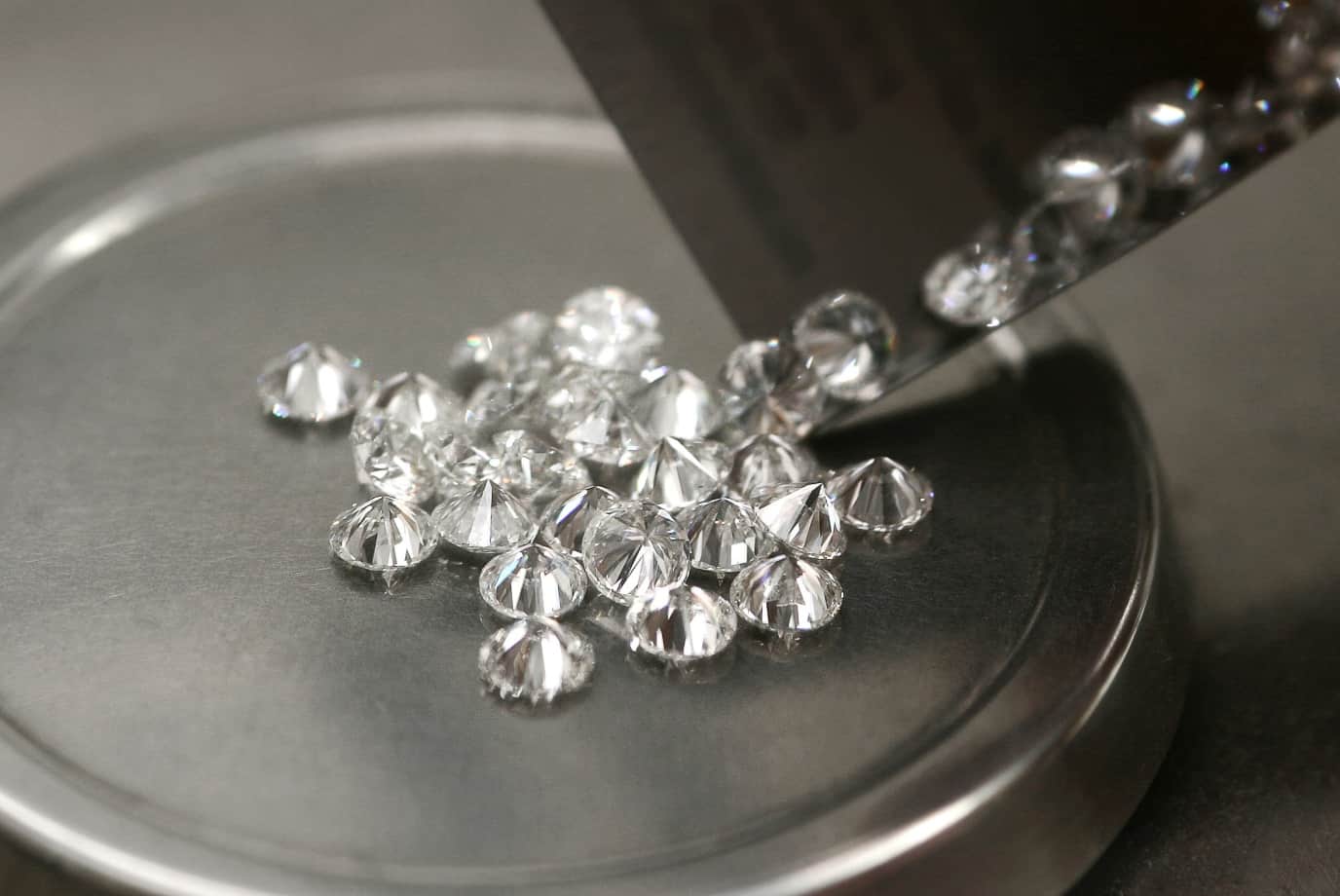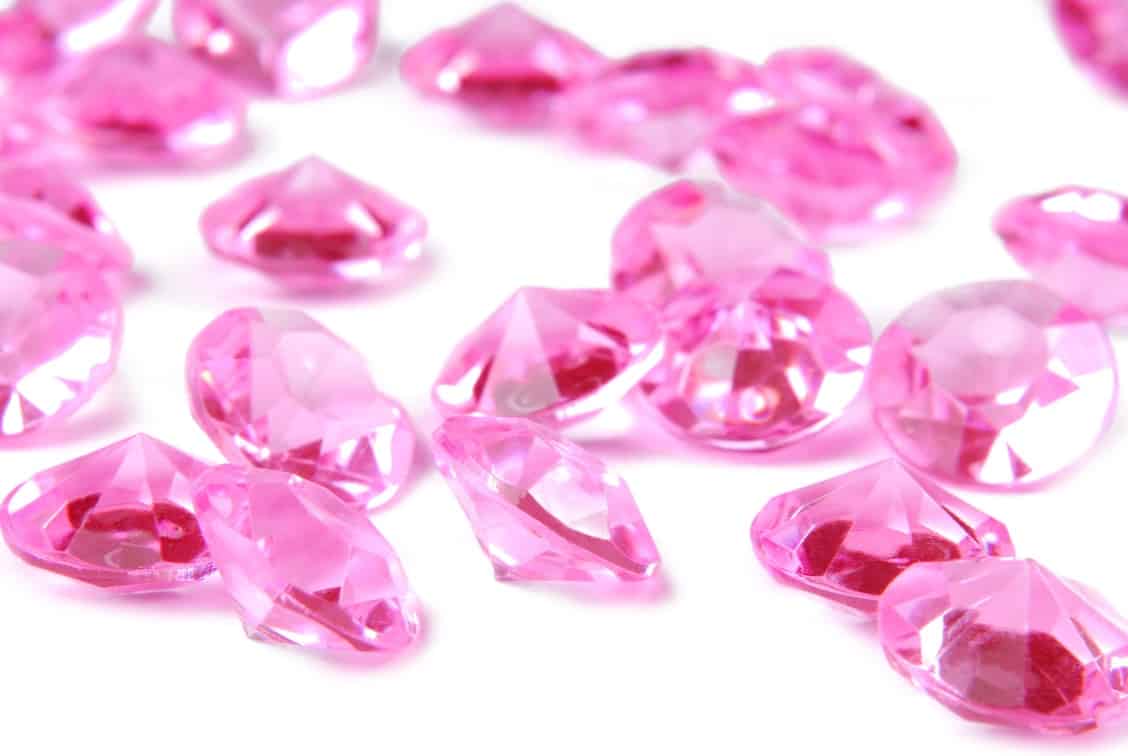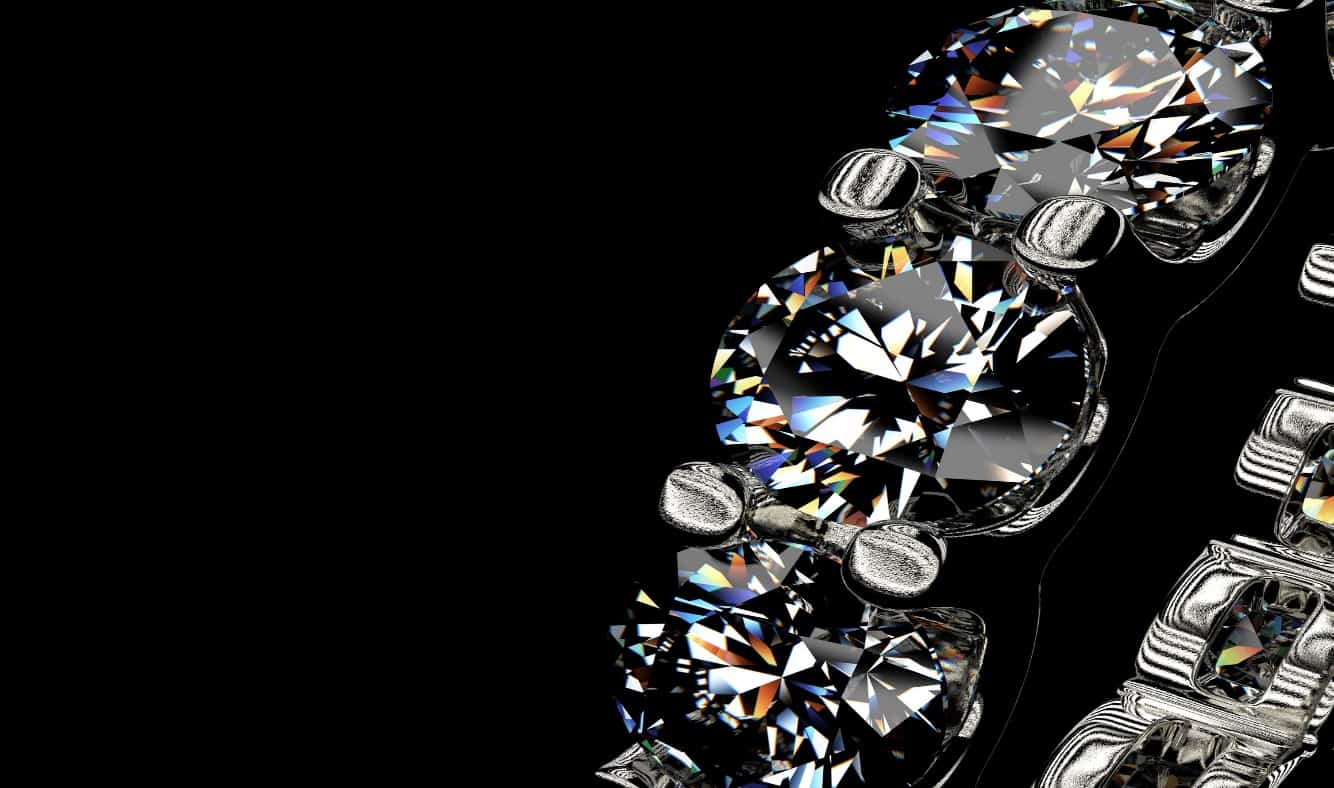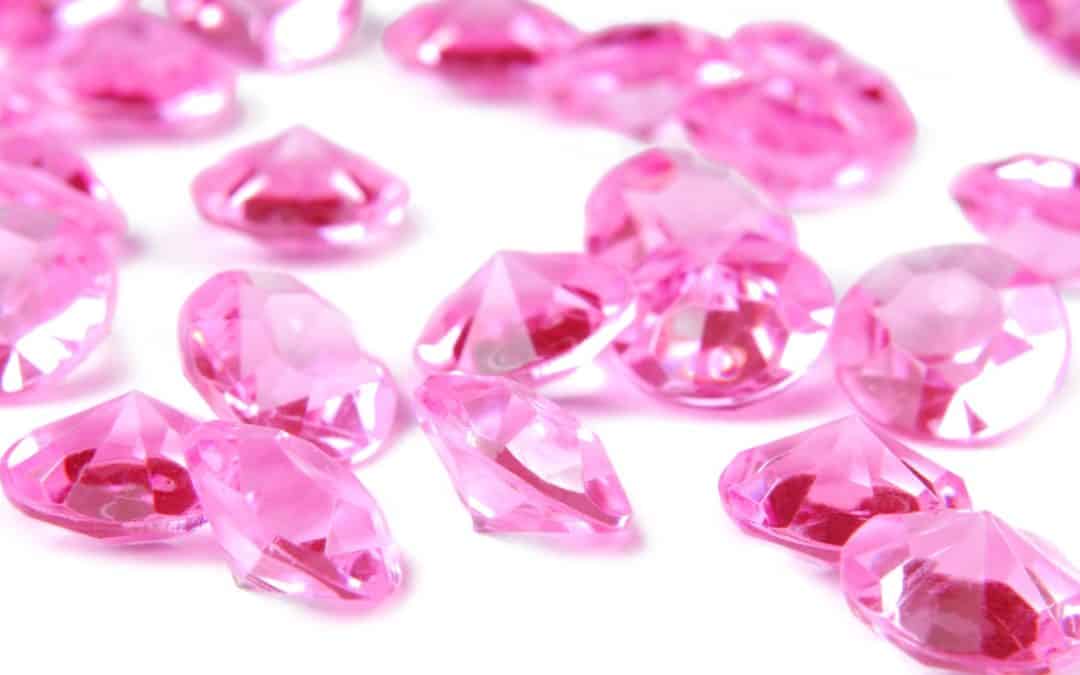I Want a Special Piece of Jewellery?
You don’t have to settle for mass produced or production line jewellery.
Pieces of beauty, quality and value can be custom designed for a lot less than you may believe.
You deserve to have a craftsman created piece of jewellery and www.loans123.com.au can help you to realise this with loanswww.loans123.com.au can help with loans for cosmetic and pla... spread over up tp 7 years. Enquire now.
Choosing Your Jeweller
We deal with jewellers that enable you to choose from displays of instantly available jewellery or via a private consultation that allows you to design and to create a unique piece of jewellery.
Having recently purchased a diamond engagement ring, I found that I knew nothing about Jewellery.
I wanted the best ring I could buy within my budget.
The fact that jewellery is used to mark special occasions and milestones means that there is a lot of sentiment and emotion attached to the purchasing and the giving of jewellery.
There are many stories that become part of back story to each piece.
The involvement and selection of the stone and the setting, where the proposal took place, the wedding, the birthday or the special occasion.
I found that there are jewellers that offer cutting edge and innovative design.
They use a mixture of traditional and modern technology that combines for a unique piece of jewellery.
All for a lot less than you might expect.
Jewellery is an item that embodies emotions and memories and can be passed from generation to generation.
Some of the Basics When Purchasing Diamonds
What are the 4Cs? Carat, Cut, Colour, Clarity.
What is a Carat?
A carat is a measure of a diamonds weight.
One carat equals 0.2 grams. 10 carats equal 2 grams.
Diamonds with different carat weights can look bigger or smaller depending on the cut and setting.
A high or larger carat weight diamond that has a poor cut can look smaller than a diamond with a lesser carat weight with a very good cut.
The term carat comes from an ancient method of weighing precious metal and stones. If you see the term Point this is also a measure used in the diamond industry.

Cut and Shape
Diamond cut and diamond shape are terms that are often used interchangeably, diamond cut, and diamond shape mean different things.
Diamond shape is related to the shaping or outline of a diamond.
Popular Diamond Shapes










The cut of a diamond.
What is the Best Cut?
There isn’t a perfect diamond or the exact match for everyone.
Clients want as much sparkle (light reflection) as their budget allows.
Cut has the greatest influence on a diamond’s beauty and ability to sparkle.
There are Grades of Cut.
- Excellent: This is a rare cut and represents the top 3% of diamond cut quality.
This cut reflects the most light that enters the diamond.
Excellent cut represents the cutting style, great proportions, and the finish necessary to enhance a diamond’s brilliance, sparkle and beauty. - Very Good: This cut accounts for roughly the top 15% of cut quality.
It reflects slightly less light than an excellent cut. - Good: This cut accounts for the top 25% of cut quality.
This cut reflects most of the light that enters, though less than a Very Good cut grading.
Fair or Poor Cut Diamonds
Approximately 35% of the diamond market is made up of fair or poor cut gradings. Diamonds that have low cut grades will often appear to be glassy or dull.
A well-cut diamond shows superior brilliance, fire, and sparkle.
Colour
What is diamonds colour?
Did you know that it’s very rare to find a diamond that doesn’t have any colour at all? In fact, diamonds are found in most naturally occurring colours, including grey, white, yellow, green, brown, and pink.
Diamond colour is an important characteristic that affects a diamond’s beauty and is an important consideration when you purchase a diamond.
The GIA white diamonds colour-grade used throughout the world as the industry standard.
The colour grades range from D (colourless) to Z (light yellow or brown).
These are the rarest and highest quality diamonds with a very pure and icy look. These are D-F graded diamonds.
No discernible colour; great value for the quality.
These are G-J graded diamonds.
These are a Budget-friendly pick that pair beautifully with yellow gold. These are K-M graded diamonds.
This is where prices start to reduce notably.
These are N-R graded diamonds.
These are S-Z graded diamonds and the colour is readily visible to the naked eye.
Helpful Hint: Diamond prices are decided by an alphabetical system.
A diamond with a G colour grade will be less expensive than a diamond with a D colour grade.
Fancy or coloured diamonds are graded on a different scale.
Pink diamonds are a well-known example of a coloured diamond.

Which diamond colour is best?
A white or colourless D grade diamond or a pink are the rarest and the most expensive.
Decide what you need and what you want. What is important to you.
Clear colour, size, shape or the setting.
You can save money by knowing the affect colour has in relation to these other factors.
Bear in mind that colour becomes more visible in larger diamonds.
Some shapes of diamonds can hide colour better than others and can often cost less than a round-cut diamond.
It is important to consider the colour of the metal you are using for your setting and to ensure that it compliments or even enhances the colour of your diamond.
Yellow gold casts a warm glow and often looks the best with diamonds with little or very faint colour.
White gold or Platinum will make a near-colourless diamond look even clearer or give it an icier hue.
The Difference Between White Diamonds and Fancy or Coloured Diamonds.
Diamonds naturally occur in a broad spectrum of colours.
These include red, orange, yellow, green, blue, pink, purple, and various shades of all the primary colours.
These are coloured or fancy diamonds.
Approximately only 1 in 10,000 diamonds possess a natural colour.
The more intense the colour, the more valuable and rarer the diamond.
These fancy or coloured diamonds are graded on a separate colour scale and can often be more valuable than white diamonds.

Clarity
What is diamond clarity?
Diamond clarity is the assessment of small imperfections on the surface and/or within the stone.
Surface flaws on a diamond are known as blemishes, internal defects are called inclusions.
A diamond’s beauty may not be affected by inclusions or flaws because most inclusions can’t be seen with the naked eye.
Inclusions, or Internal characteristics are what give a natural diamond its character.
Diamonds with the least and very small inclusions are among the highest clarity grades.
Remember, all diamonds are unique, not perfect.
Diamonds are formed underground due to enormous pressure and heat. Natural inclusions and blemishes are inevitable.
Terms Relating to Clarity.
A good diamond could be slightly Included (SI) and Very Slightly Included (VS) because these inclusions are not readily visible without magnification.
A diamonds shape and size will affect the clarity.
The Gemmological Institute of America (GIA) has developed a world recognised diamond grading system and clarity scale.
This scale is divided into 6 categories and 11 diamond clarity grades.
I clarity grading diamonds will have obvious inclusions that are likely to be visible to the naked eye and will impact on the beauty of the diamond.
Inclusions are noticeable at 10x magnification
If eye clean, SI diamonds represent very good value.
SI2 are inclusions that may be visible without magnification. This usually when viewed side on.
This grading means that there are minor inclusions ranging from difficult (VS1) to see under 10x magnification. (VS2) becomes slightly easier to see at 10x magnification
VVS diamonds have very small inclusions that can be difficult to see even for an experienced jeweller under 10x magnification.
VVS clarity is a rare grading and gives an eye clean appearance
Inclusions very hard to see under 10x magnification, even to a trained eye
You need a microscope to see the small surface blemishes on IF diamonds.
IF diamonds have no inclusions visible even under magnification within the stone. Visually eye clean
No internal or external characteristics
Under 1% of all diamonds meet the standards for FL clarity
Flawless diamonds are very rare because of the way they are formed it is nearly impossible to find a diamond that is 100% free of inclusions.
SI diamonds and VS diamonds are often the best value.
A very rare grade of diamonds are flawless (FL) or Internally Flawless (IF). These are the highest quality and grading in diamond clarity.
You may want to consider a diamond that may be the best value, a diamond with inclusions that can’t be seen through the crown without magnification, like a diamond with an SI or VS clarity grade.
These diamonds are less expensive and can often look the same as the higher grades, visually.
Some Other Terms.
Brilliance relates to the reflection of white light.
Fire This is how the light is the disperses and shows the colours of the rainbow.
Scintillation is the reflection of light or the sparkle.
Table: The largest facet of a gemstone.
Crown: This is the top portion of the diamond. It extends from the girdle to the largest facet of the diamond, called the table.
Girdle: This is where the crown and pavilion intersect. This defines the circumference of a diamond.
Diameter: A measurement from one side of the diamond to the other.
Pavilion: The bottom of a diamond, that extends from the girdle to the facet at the tip of a gemstone. This is called the culet.
Culet: At the tip of a gemstone is the facet. A good culet is not visible without magnification.
Depth: When measuring the height of a gemstone, it is measured from the tip or culet to the table or largest facet
What is the GIA?
The GIA or Gemmological Institute of America was established in 1931, it is the world’s foremost authority on diamonds, pearls, precious and coloured stones.
This is a laboratory that has a reputation for consistency, unbiased and accurate diamond grading systems.
Diamonds that come with a GIA grading report are highly valued with in the industry.
Light performance is measured by the GemEx BrillianceScope® Analyzer, this is a patented system that uses spectrophotometer technology to compare diamonds with the same shape.
Some Settings Will Make a Diamond Appear Larger.
This setting has a ring of small diamonds around a centre stone.
The small diamonds make the central diamond look bigger.
The Size and/or the Width of Your Ring Can Affect How Your Diamond Looks.
A popular setting/band that achieves this affect is a pave band that features small diamonds embedded in it.
Know Your Carats.
The total carat weigh of the diamonds in your ring is the measurement of all the diamonds in any given piece added together.
Make sure you inquire about the weights of the individual diamonds in any piece of jewellery that you are considering buying.
From the engagement ring to the proposal. www.loans123.com.au can help.
Competitive interest rates. Up to 7-year terms. Apply now, online, on the phone or in person.
We offer finance for weddings and honeymoons. Call 1800 100 100

